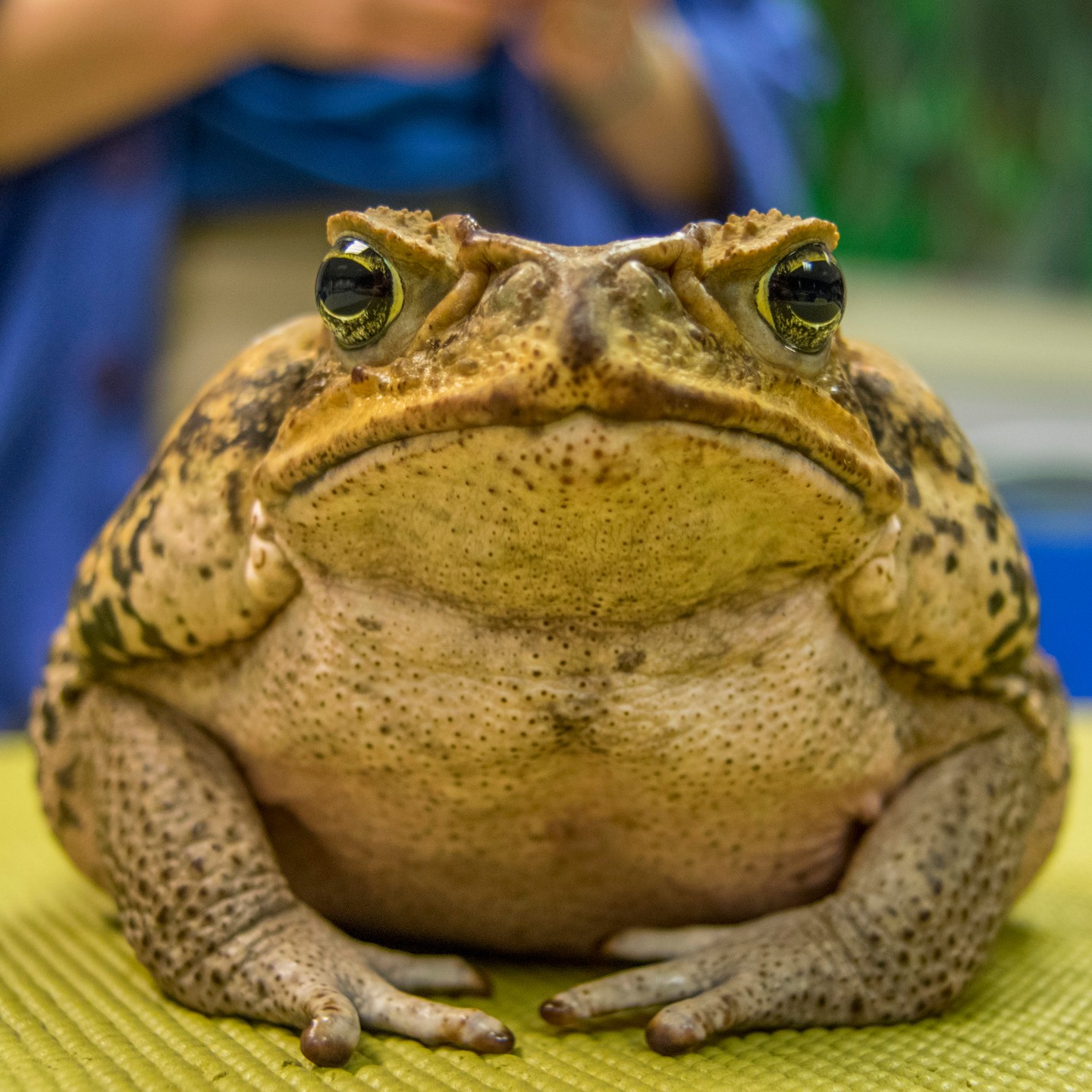- Explore the fascinating diversity of frog species and their adaptations.
- Examine the role of frogs in ecosystems and their significance in biodiversity.
- Discuss the threats frogs face in the wild and conservation efforts to protect them.
- Highlight interesting facts about frog anatomy, behavior, and life cycle.
- Introduce current research and innovations in frog conservation and zoology.
Frogs captivate many due to their extraordinary variety and adaptability. Around 7,000 species of these amphibians exist globally, inhabiting every continent except Antarctica. From the vibrant poison dart frogs of the Amazon rainforest to the camouflaged wood frogs of North America, each species presents unique adaptations that allow them to survive in diverse environments. These adaptations can range from bright coloration to warn predators of their toxicity, to skin that can absorb moisture and nutrients, allowing them to thrive in dry habitats. Frogs also undergo a remarkable metamorphosis from aquatic larvae to terrestrial adults, exemplifying nature’s ability to adapt and change.
The ecological role of frogs cannot be overstated. These amphibians serve as both predator and prey, maintaining a balance within ecosystems. By consuming insects, they help control pest populations, benefiting agriculture and reducing the spread of diseases such as malaria. Frogs are equally important as a food source for higher predators, including birds, mammals, and reptiles. Their presence indicates a healthy environment, making them valuable bioindicators. Declines in frog populations can often signal broader environmental issues such as pollution, habitat loss, and climate change.
Unfortunately, frogs face numerous threats, which have led to alarming declines in populations worldwide. Habitat loss due to deforestation, urbanization, and agricultural expansion ranks as one of the primary threats. Climate change poses a significant challenge, altering habitats and threatening the survival of many species. Additionally, diseases such as chytridiomycosis, caused by the chytrid fungus, have decimated frog populations globally. It is imperative that we act to safeguard these vital species. Conservation efforts include habitat protection, breeding programs, and disease management practices.
Frogs exhibit many intriguing anatomical and behavioral features. Their unique respiratory system allows them to breathe through their skin, lungs, and the lining of their mouth. This ability is crucial for their survival in varying environments. Frogs also exhibit a wide range of vocalizations used to communicate and attract mates. The distinctive croaking of frogs serves as a sound marker of their presence in an area. Additionally, frogs have highly specialized jumping abilities, with some species capable of leaping more than 20 times their body length.
Researchers and conservationists are actively exploring innovative methods to protect these amphibians. Techniques such as bioacoustic monitoring are used to track frog populations and gather data on their calls. DNA barcoding helps in identifying species and understanding genetic diversity. Captive breeding programs aim to boost numbers and reintroduce frogs into the wild. Education and public awareness campaigns are also essential in galvanizing support for frog conservation, highlighting the importance of protecting these creatures.
Overall, It’s April, which means it’s National Frog Month! prompts us to remember and cherish the incredible world of frogs. Through understanding and conservation, we can help preserve these fascinating creatures for generations to come. Their survival is not only crucial for ecosystem health, but also for the rich biodiversity of our planet.
*****
Source Description
It’s April, which means it’s National Frog Month! 🐸 Our official podcast’s latest episode leaps into the froggy fray with a toad-ally ribbiting discussion about all things anuran featuring two of our resident amphibian amigos!
Listen now on your podcast platform of choice via the link in our bio! 🎙


